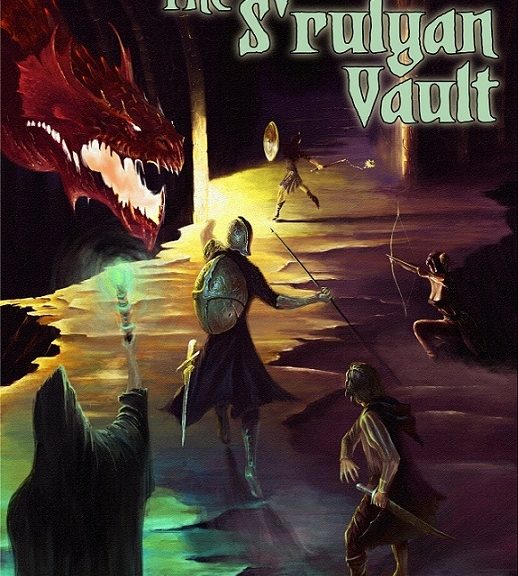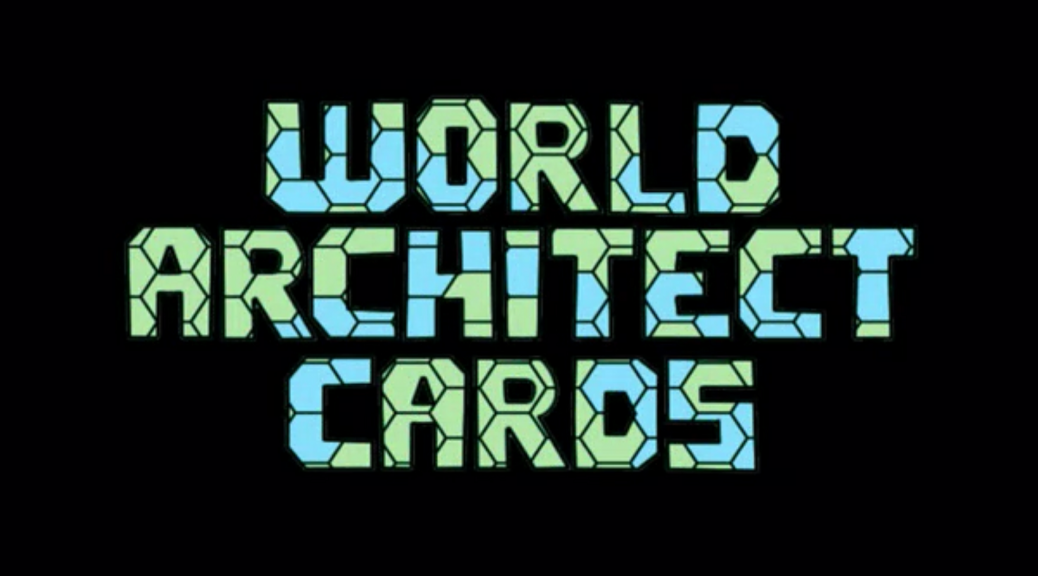The S’Rulyan Vaults is the third Kickstarter that I have received the reward in the last week. All of them have been well focused on a short delivery window after fulfillment. S’Rulyan Vaults funded on May 14, with a target delivery of July, 2016. I received mine on May 23rd.
This Kickstarter was unusual in that it had a single pledge level of $5, and is strictly a PDF. It includes two version of the map in old school blue and a parchment style map by Glenn Seal of Monkeyblood Design. There is also a character sheet by James V. West. Interior art and the cover are by Bojan Sucevic. The PDF is a description of a dungeon and lots of tables for what is going on in various locations/aspects of the dungeon.
The PDF is a mini-setting with snake men as the bad guys. The tables each serve a function to help make the adventure different each time it is played. I like the things the tables do. Some of these tables are for presenting magic items, but in addition to a +x weapon, there is an additional description to make it not just a magic weapon or item.
Glenn’s maps are awesome and the PDF is well designed. The tables are focused on keeping the dungeon “alive”. These tables have ideas that one could use in any dungeon/OSR setting. The character sheet is one of several that James shared on G+ several weeks ago. Interior illustrations are very nice and help set the tone.
One could use this as a stand-alone adventure, or use it as an introduction to the recurring snake men, or the upper level of a megadungeon.
Unlike most dungeons, there are no room numbers or map key. There is a d100 table to roll for what is found on the search of a room. I find this idea interesting, and it will further server to make each foray into the dungeon unique. That is one way to make a dungeon come alive without the tedious task of re-stocking. It also allows GM’s to make it their own and populate as they see fit. One can just as easily run it real time, or roll each room in advance of play.
It definitely gives me some ideas for how to approach my own adventure design to make things flexible across both systems and personal preference of the GM.
The S’Rulyan Vaults is available on RPGNow for $7.00.



















 DAC & WAC Side By Side
DAC & WAC Side By Side


